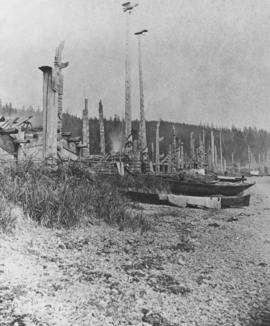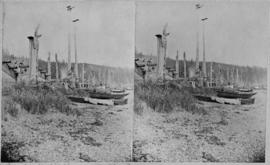Item is an audio recording of an interview with Percy Brown, a Haida Elder and well-known singer, about birds, animals, fish, whaling and trapping terminology on Haida Gwaii, British Columbia. He is interviewed by two unidentified women. In the first half of the recording, he is asked questions about local birds, for example, partridges, puffins and sea gull, in order to determine Haida names for the birds and to determine if the birds are native to Haida Gwaii. He is asked similar questions about various types of vegetation, for example, plant roots. He also provides information about historic uses of trading and trapping in Haida Gwaii. Percy Brown is featured in the 1979 LP Songs from Masset, referenced in the publication Northern Haida Songs by John Enrico and Wendy Bross Stuart which is available in the MOA Reading Room, call number 12.7c HAI ENR.

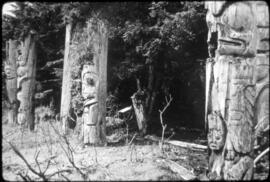

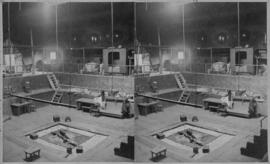

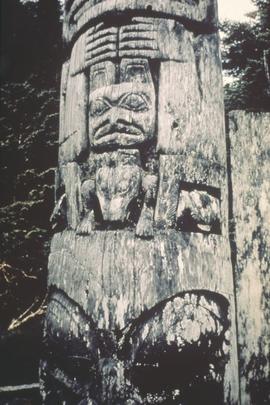

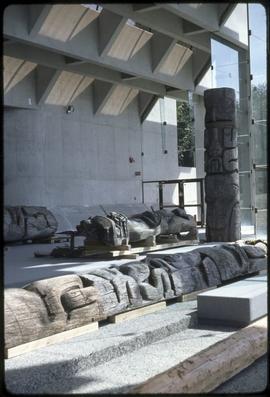
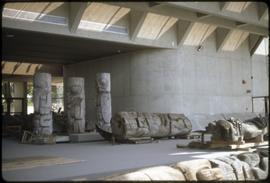
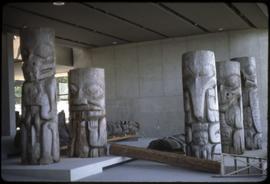
![Hyda [Haida] Chiefs](/uploads/r/null/1/5/7/15757ca0499fc15ac4e06132e26c3d1a16aa70e82d401e172ef3af06fcc92446/a039252c_142.jpg)
![Hydah [Haida] chief, Skidegate, Q.C.I.](/uploads/r/null/7/b/f/7bfd95877c152f2f35beb99d303f07d7e9a8db79cce44034166338fc4c96cfc0/a039270c_142.jpg)
![Hydah [Haida] Mary - [illegible] - Q.C.I. - age 105](/uploads/r/null/3/9/9/39985b3acd23e2ddfa90d8f6879133d994ec45a7563918eb2dc2dfc1f5d58e4d/a039271c_142.jpg)
